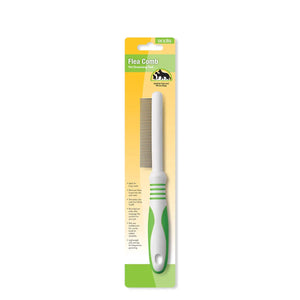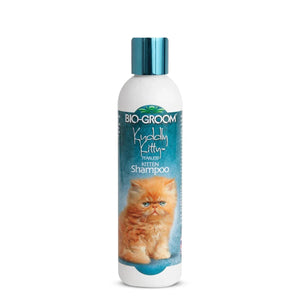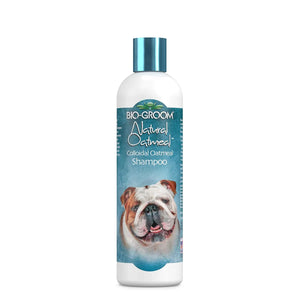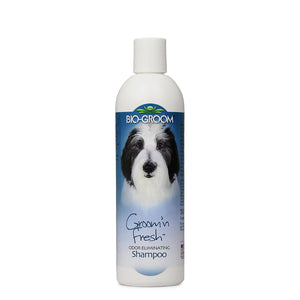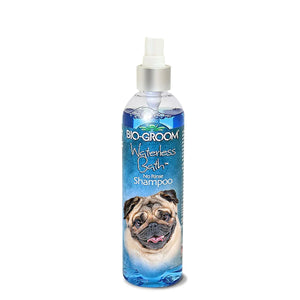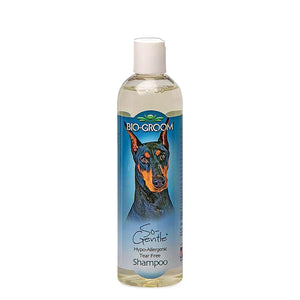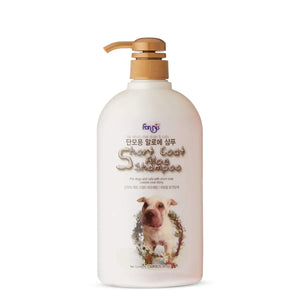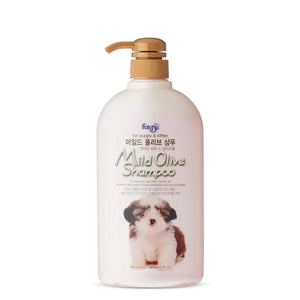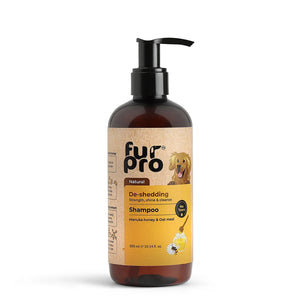A potential health threat to all dogs is getting infested by fleas and ticks. Dogs can pick up these insects from anywhere - like when they step out for a walk or while interacting with other dogs who already have ticks. Did you know that these annoying bugs can also thrive within the four walls of our homes? Yes! They can come home through clothes or animals that are infected. This is why we cannot emphasize enough the importance of protecting our fur babies from these parasites. Here in this blog, we clarify the difference between fleas and ticks and how you can avoid them.
What Are the Major Differences Between Fleas and Ticks?
While there are many similarities between these two parasites, we need to understand the differences between fleas and ticks, so that proper action can be taken to protect our pets from them.
Physical Characteristics
One of the most crucial points of difference between ticks and fleas is the kind of parasites they are. A flea is more of a land insect as it does not have wings. It has six legs and uses them to jump from one body to another. A tick on the other hand has somewhere between six to eight legs. Did you know that these small monsters are related to spiders? They are arachnids and thus the relation to spiders.
Type of Host
Another extremely interesting and important point of difference when we do flea vs. tick is based on the kind of host they look for. Most people think that these two insects are the same but not only are they different kinds of bugs but also differ in the kind of host they seek for feeding. All adult fleas look for just one host, either a dog or a cat, and then they stay put on that particular host until they die. The lifespan of a flea living on a host's body can last between 2 to 3 months. Whereas, ticks can feed on multiple hosts. They choose between rabbits, rodents, deer and other pets as their hosts and stay up to two weeks at a time on one body. Ticks can live up to three years in different environments. Yikes!
Treatment
The way you treat a flea infestation is completely different from how you treat a tick infestation. For fleas, you would require a premise product. This product would be used to clean and treat the areas of your home that have been exposed to the infestation. The next crucial step would be to give a flea bath to your pet or even give them treatment via preventive medicine. When we talk of ticks, if you spot one, bring your furry over to a vet immediately as it can leave a breeding ground for more. However, you should always use preventive measures.
Diseases
Fleas and ticks are also different in the kind of diseases they carry. While fleas have more of a tendency to cause fleas allergy dermatitis and also carry tapeworms, ticks have the potential of transmitting deadlier diseases such as Rocky Mountain Fever or even Lyme Disease.
How Do Our Furries Pick Up Ticks and Fleas?
Our furries are the prime sources of food for ticks and fleas. Once a flea or a tick makes a furry’s body their home, it will stay there until we do a 360-degree treatment for it. If we do not put our furries on some kind of prevention for ticks and fleas, their body can become home to a serious kind of infestation within a short period of time.
Whenever you notice the first signs of fleas and ticks in your pet, such as incessant itching, you must immediately take action and consult a vet for proper treatment. Dogs and cats who spend a lot of time outdoors are at a huge risk of picking up these parasites. Therefore, you must always use preventive medicine on your pet.
How To Avoid the Nuisance of Ticks and Fleas?
If you want to ensure that your pet is healthy and free from the troubles that fleas and ticks get along with, then you must always run a check on your pet after they come home from the outdoors. If you ever find a tick or a flea on your pet, remove it immediately and clean the area with an anti-flea and tick agent. You must bathe and treat your pet for tick and flea prevention regularly.
FAQs
1. What is the main difference between fleas and ticks?
Fleas are small insects with six legs that jump from host to host, while ticks are arachnids with six to eight legs that latch onto multiple hosts for feeding.
2. How do fleas and ticks choose their hosts?
Adult fleas usually stay on one host, like a dog or cat, for their lifespan of 2-3 months, whereas ticks can feed on various animals, switching hosts every two weeks.
3. What diseases can fleas and ticks transmit?
Fleas can cause flea allergy dermatitis and carry tapeworms, while ticks may transmit more serious diseases like Lyme disease and Rocky Mountain spotted fever.
4. How can I tell if my pet has fleas or ticks?
Common signs include excessive itching, redness, and visible parasites on the skin or fur. Regular checks after outdoor activities are essential.
5. What is the best way to prevent flea and tick infestations?
Use veterinarian-recommended preventive medicines, regularly bathe your pet with appropriate shampoos, and inspect your pet after outdoor exposure to remove any parasites promptly.
It is best to consult a vet before starting with any form of tick and flea treatment. Just click for online vet consultation or you can buy tick and flea repellant from our online pet store Zigly.




